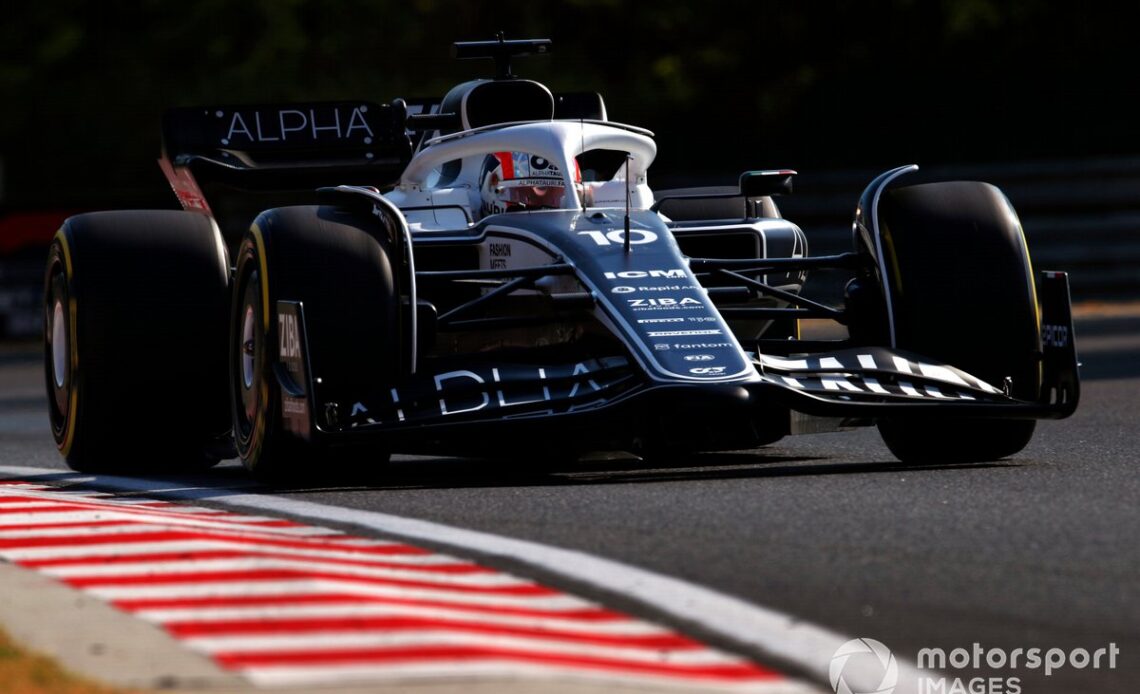With F1’s regulations originally set to remain unchanged for next year, some of F1’s smaller outfits were considering rolling over key elements of their current cars to help save costs.
But with the FIA’s porpoising intervention currently set to extend to a dramatic raising of the floor edges for next year, that could force everyone to design all-new chassis for 2023.
At the moment, the FIA plans to raise the floor edges by 25mm, but at least half the grid is pushing for a less dramatic change.
While the new rules could prompt expensive new development paths for the top teams, the impact could be greater on those squads that wanted to carry over key elements in to 2023.
It could also mean expensive new work for smaller squads who have already tried to get a head start with next year’s car.
Red Bull team principal Christian Horner said: “I think it’s actually an even bigger issue for some of the smaller teams, that quite simply would not have the resource to be able to react. I think whatever measure is taken, it just needs to be sensible.”
AlphaTauri’s head of vehicle performance Guillaume Dezoteux has explained that a 25mm change was enough to prompt a major rethink about items that define chassis design.
“We are in the period of defining the key parameters of next year’s car,” he explained.
“What should be the fuel volume? What should be the optimal weight distribution of the car?
“So now changing the aero rules is a big challenge for the teams, because you need to first understand the impact on the overall car performance. And it’s an estimation from this where you go, ‘we can afford to reduce the fuel volume, we can afford to change the weight distribution target, we can afford to do this or that.’
Pierre Gasly, AlphaTauri AT03
Photo by: Zak Mauger / Motorsport Images
“If it keeps changing, then you have made some calls that are too late to be modified. The chassis will be released in the next few weeks.”
Asked if the change of concept was enough to force teams to build an entirely new chassis, Dezoteux said: “Yeah, I would say so.
“Obviously if you raise the floor edge, with the target to reduce the downforce of the car, especially in the high speed corner, that changes a lot: like how much energy you put on the tyres, and what the suspension is doing.
“It changes the suspension range, because maybe you need to be able to raise the car. If you said today that we would have to raise the car 20 millimetres, because we have a thicker plank, then…
Click Here to Read the Full Original Article at Motorsport.com – Formula 1 – Stories…

